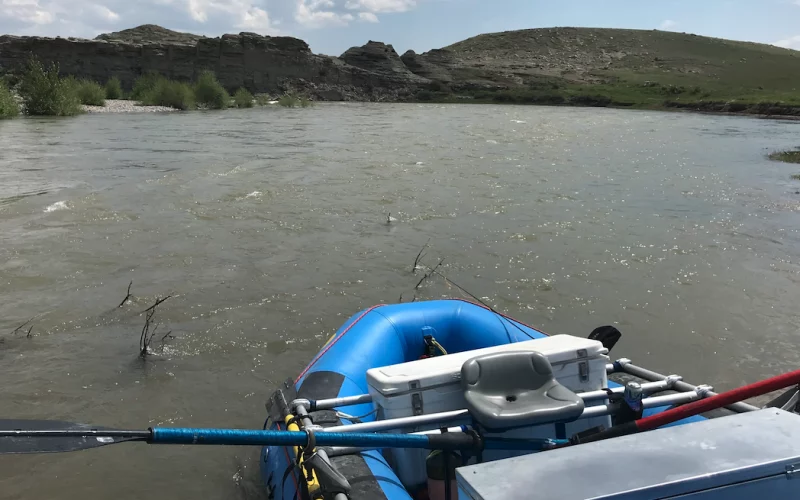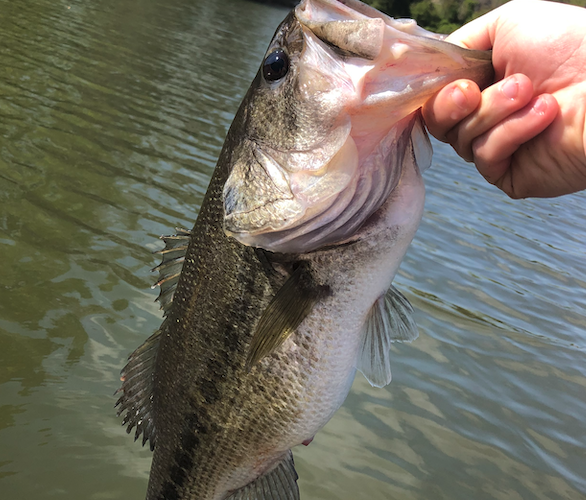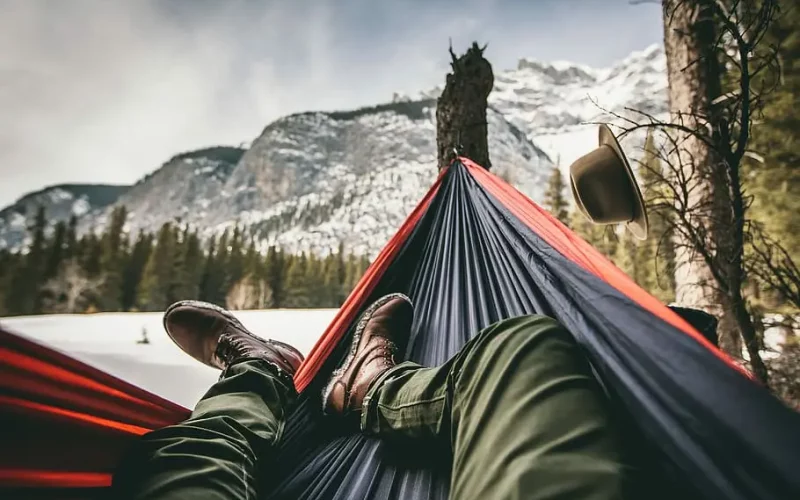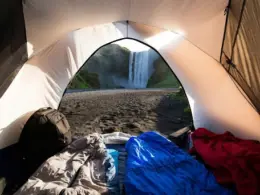“The River Goddess will do with you what she wants,” says Ed Coleman as he sips his Cold Smoke, a local microbrew out of Missoula, Montana, and looks at me seriously across the table. Coleman made Montana home over thirty years ago, running her rivers and others across the West nearly all his life. I turn to Coleman for river rafting advice because I’ve done it just enough to know I don’t know much. My own experience includes day trips and a coveted multi-day Middle Fork Salmon River trip I was lucky enough to find myself invited on.
Coleman’s first river experience was at six years old. His family booked a guided trip out West, which ended in everyone going for a swim (falling in the river) in a rapid called the “Toilet Bowl.” While swimming whitewater scares many into never going again, Coleman was hooked. Not everyone feels that way, though, and that is where his first piece of advice for beginning river rafters comes in.
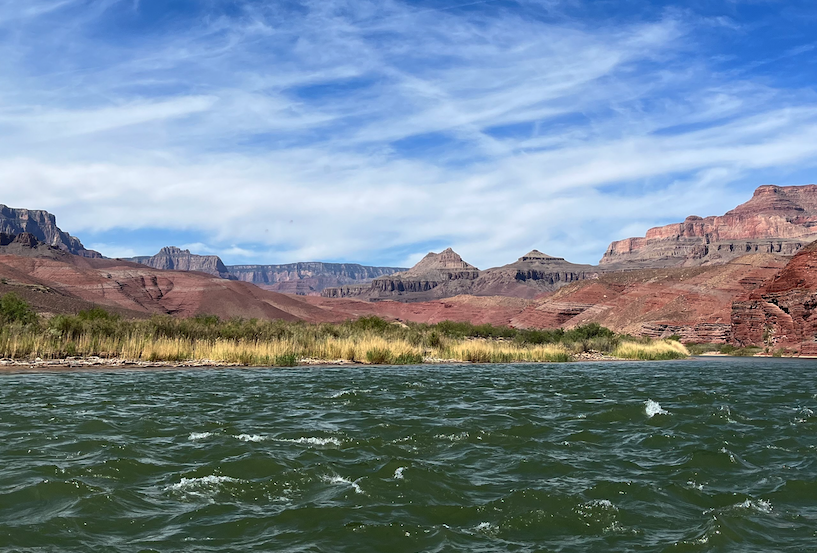
Table of Contents
Be Comfortable With the Water and Know You Will Eventually Go for a Swim
River rafting is inherently dangerous. However, if done correctly, the risk can be mitigated, although there will always be some danger. You will end up in the water if you do it long enough. It’s an expensive sport, so ensure you are comfortable on and in the water before investing in the equipment. Spend a lot of time on the water and learn to swim a rapid before you lay down the money to buy a raft.
Learning how to breathe when in the water is essential. Coleman advises, “Chill out and wait for your head to pop up. Sometimes you may be trapped under the boat, which is scary as hell, but keep your head, and work your way out. Ninety percent of the time when a person falls out of the boat, they pop up next to it, and are hauled right back into the boat. But you need to be ready if it doesn’t work out that way.”

If you’re about to crash into a wave, think about when to breathe, which will be on the back side of the wave as you’re going down. Swim laterally if you’re trapped in a hole, which is called getting Maytagged.
When you’re learning, you’ll also likely get told that if you end up in the water to put your feet downstream. While this is a good piece of advice, Coleman has a caveat. He says if you are heading for something dangerous, like a log jam, SWIM AWAY!
With all that said, you need to start somewhere, and that should mean finding people that know what they are doing to show you the ropes.
Go with Experienced River Rafters
Finding experienced and safe river rafters to go with is the best thing you can do to decide if you want to get into the sport seriously. Perhaps you already have friends with a boat. Ask them about rafting and see if you can go with them. But be respectful; river rafting is sacred to those that do it well and have done it a long time.
Alternatively, you can go on a guided river trip. Whether a scenic float trip or whitewater, find a reputable company with a good safety history and book a trip. You can ask questions and determine if you are interested in pursuing it. For many people, as in Coleman’s case, this is where they started.
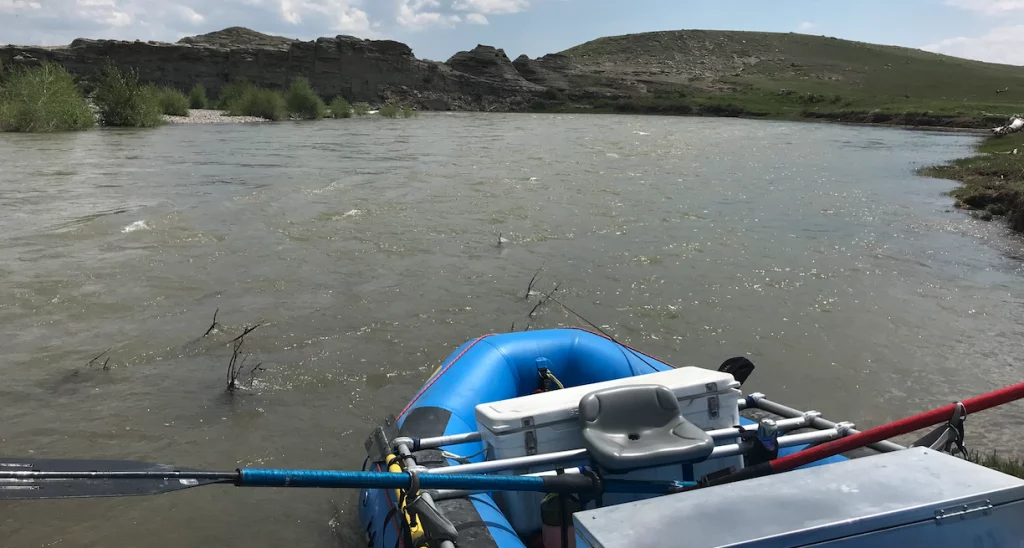
Another place to find experienced river rats is to find social media groups specific to river rafting. You can also inquire about groups in your area at your local raft shop or equipment rental store. These are great ways to meet people interested in river rafting that might invite you along on a trip.
No matter how you find some experienced people, the point is to learn the basics before investing a lot of money in gear and equipment.
Safety First
River rafting safety is no joke; people get hurt and die on rivers. While this isn’t intended to scare you, the point is that you should take it seriously. If going with more experienced people, ensure safety is their top priority. So, what are the top safety tips, and how do you know the people you are going with practice safe river rafting?
First, they should do a safety talk before you ever get on the water, especially if beginners are on the boat. They’ll have a first aid kit and carry other essential safety gear, including a throw bag. They may even have you practice throwing the throw bag since this is hands down one of the most critical pieces of equipment for river rafting. When I went on the Middle Fork Salmon River trip, we all practiced throwing and got a complete safety talk before launching.
While drinking alcohol and river rafting sometimes goes hand-in-hand, make sure the people you are going with aren’t sloshed at 9 a.m. and respect that you are new to the activity. It is also a good idea to abstain from alcohol while starting out, or at least keep it to a minimum. This is especially true if you’re going on more dangerous whitewater where you could go for a swim. Using common sense will go a long way.
Make sure you have a life jacket designed for river rafting. You’ll often hear these called PFDs, or personal flotation devices. Do some research and ensure you get one specific to the river and your type of rafting. If you’re going with someone experienced, they often have spares to get you by for your first trips. However, if you intend to go more frequently, this should be one of the first pieces of equipment you invest in.
Start Small, Learn the Water
People that know what they are doing can help you learn how to choose a river and navigate the water. Going with experts helped me understand there is much I need to learn. River rafting is not floating in an innertube through downtown Boise on the Boise River. It takes skill, knowledge, experience, and muscle memory to do it safely and well.
If you’re lucky, the people you go with will let you get on the oars and teach you how to row. Learning to read the water is absolutely essential to having a great river experience. Mastering how to push, pull, double-oar pivot, and maneuver the boat through the water is the difference between a fantastic time on the river or a potential swim with damage to your gear.
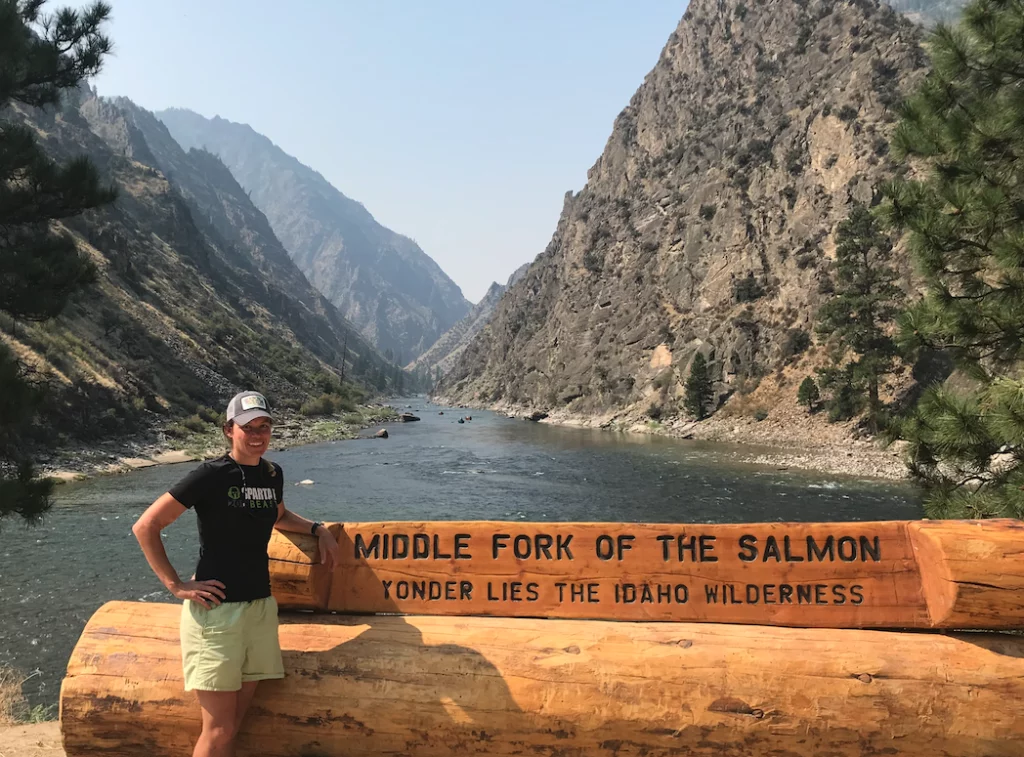
“Sometimes you’re backwards going through a rapid,” laughs Coleman, reminiscing about his first time through Velvet Falls on the Middle Fork of the Salmon. “If your boat gets turned around because of the current, you may need to run a rapid backwards. There is no shame in it and if you don’t flip or make someone swim, that’s a victory.”
Learning to read water well comes from time spent on the water; the more you do it, the more natural it will become. Having someone telling you what to do and when is probably the best thing you can do to get good.
Following someone else down the river is also a great way to learn how to navigate, including where to set up at the top of a rapid. The river will carry you where she will, but you can set yourself up for success by knowing where to be. Again, this comes with time, experience, and learning from knowledgeable people.
Purchasing a River Raft
Suppose you spend a summer going with experienced rafters and are ready to make the leap into boat ownership. Getting into the sport can be expensive, but there are ways to do it on a budget. However, you should still plan on spending thousands of dollars.
First, you must determine what kind of rafting you want to do and how many people will be in your boat. For example, if it’s just you and you’re using it for fishing, then that boat will be different than if you’re a family of six with a dog (Coleman says, in that case, look for at least a 16-foot raft). Think about the type of water you will be on and if you plan to do whitewater or take the kids for a “splash and giggle float.”
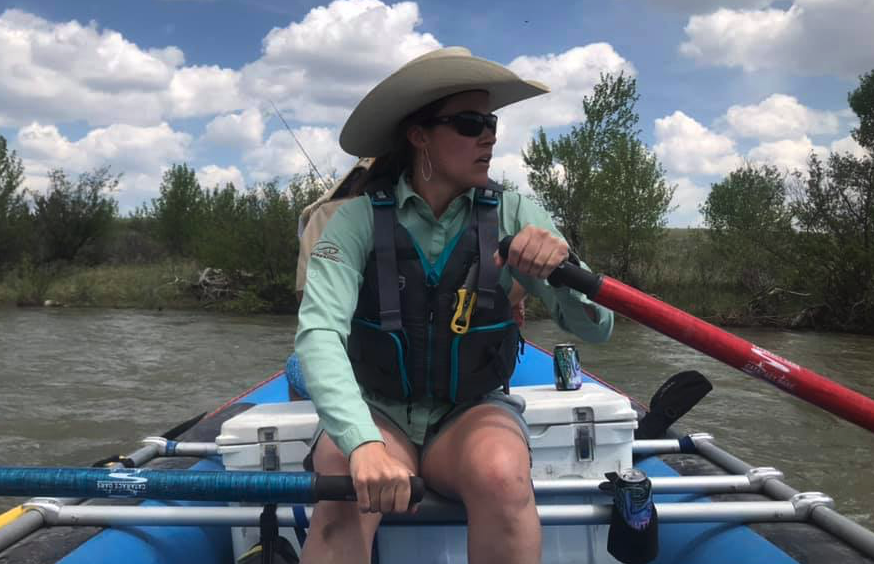
If your budget is unlimited, go to a rafting store; experienced staff can help you get a raft and frame to suit your needs. They can outfit you with all the river rafting accessories like oars, PFDs, throw bags, ropes, dry bags, coolers, and more. You’ll be looking at around $10,000 for a complete setup of high-end gear.
Most people don’t have the luxury of an unlimited budget, so in that case, there are several options for finding a used boat. First, keep an eye on Craigslist and Facebook Marketplace. People upgrading or looking to get rid of a raft will often list here. There are always people that have had a bad experience, are getting divorced, or have too much gear, and you might find a bargain. I found a used inflatable kayak on Craigslist in excellent condition and half the retail price.
Ask those you’ve been learning from if they know anyone looking to sell a raft. River rats know others, and usually, their friends have all been doing it for so long their garages have been buried in equipment.
Another option is rental shops. Usually, at the end of the season, they will sell rental rafts at a discounted price. Most should be in good condition as they’ve likely only been rented out for a few seasons and patched correctly if needed.
When buying a used raft, make sure it’s in good shape. See how many patches are on it and how bad the rub marks are. Inspect the boat closely; the last thing you need is a failure on the water or a vessel that won’t hold together.
Have Fun
River rafting is a ton of fun if you do it right. You can make great friends, eat great food, and have a great time. You can expand into multi-day trips and throw camping in the mix. But if you took nothing else from this article, remember to always keep safety at the forefront of your mind. People die while river rafting every year, and safety is the key to ensuring your good time isn’t ruined by a tragedy.
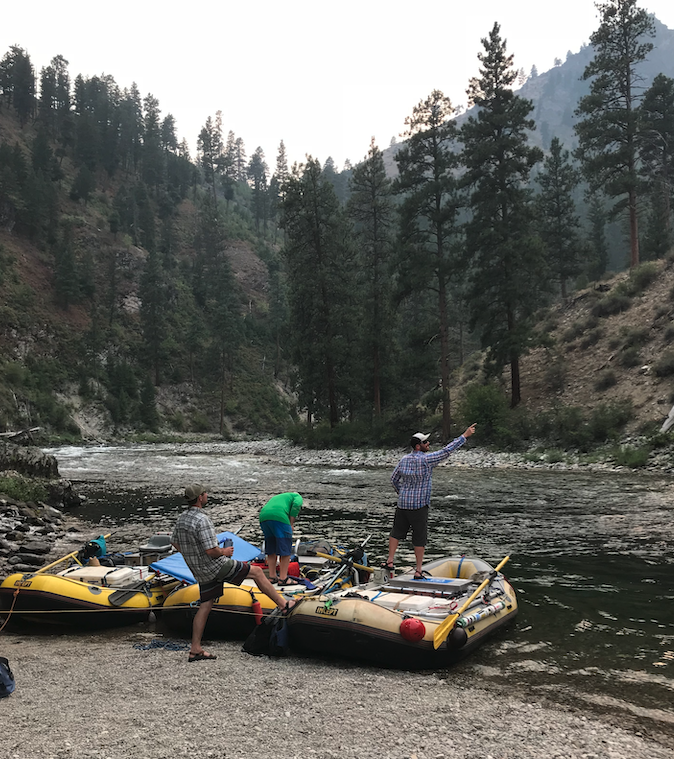
Remember to respect the river, and she’ll respect you. Keep clean camps, follow sanitation rules (poop in a Groover and pee in the river), and Leave No Trace.
While different types of river rafting will require various equipment or certain types of boats, the River Goddess will always be there. If you learn to navigate her and, above all else, respect her and be safe, there is no reason you won’t have many rewarding and exhilarating experiences for years to come.

